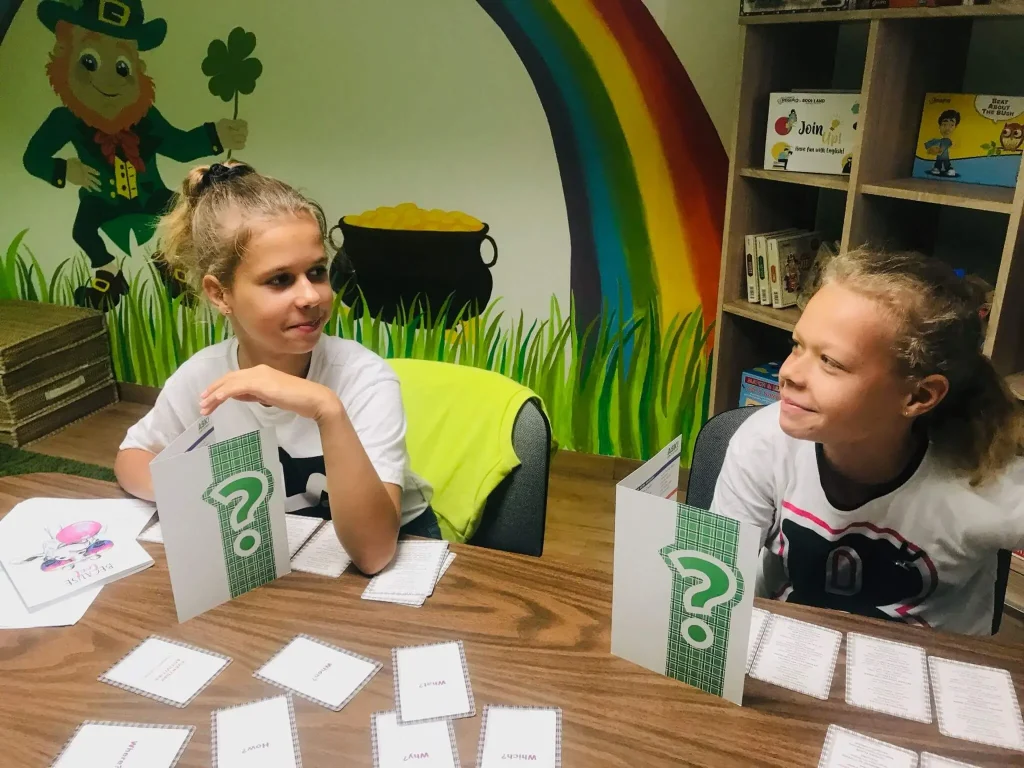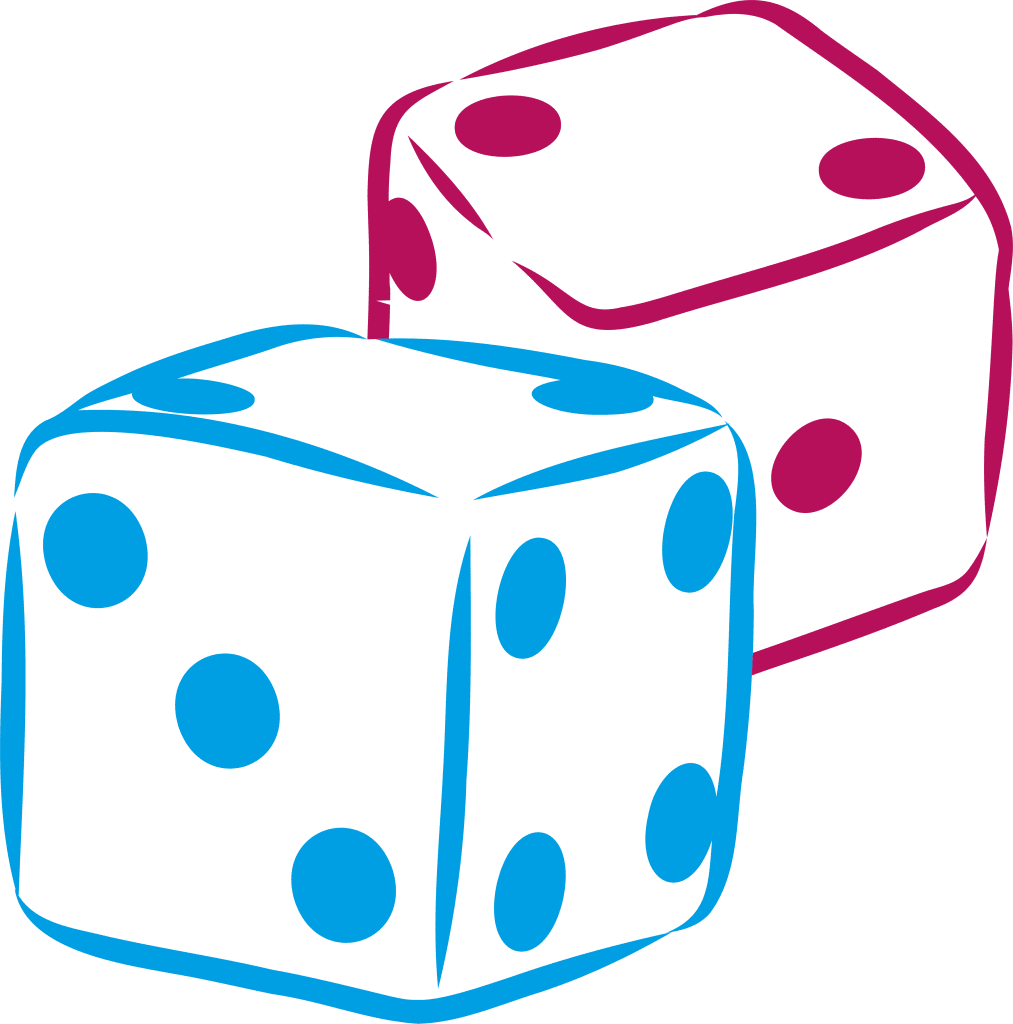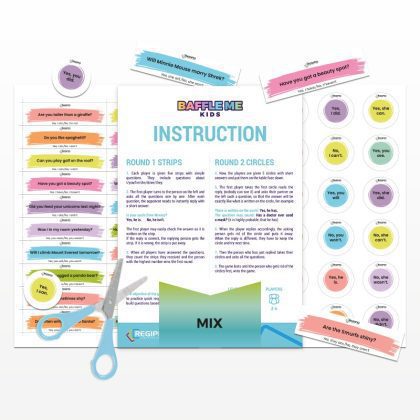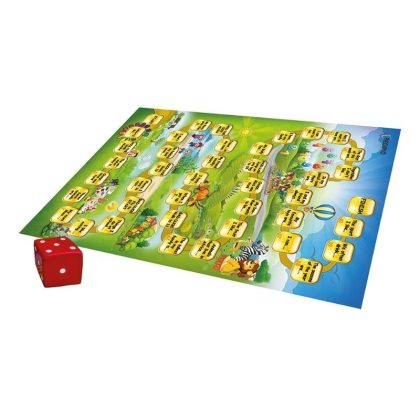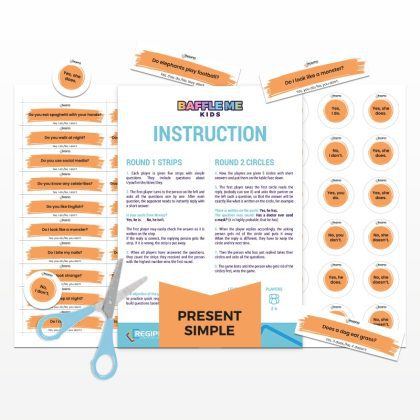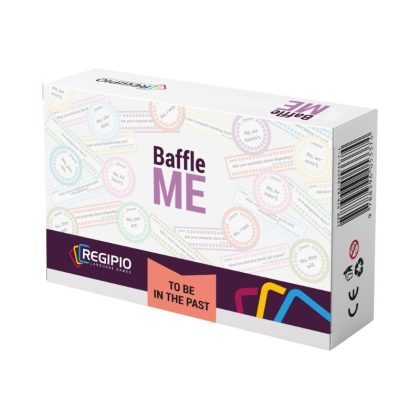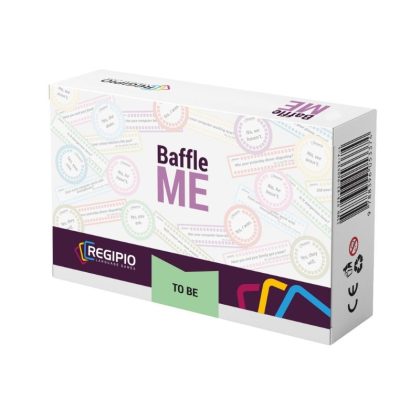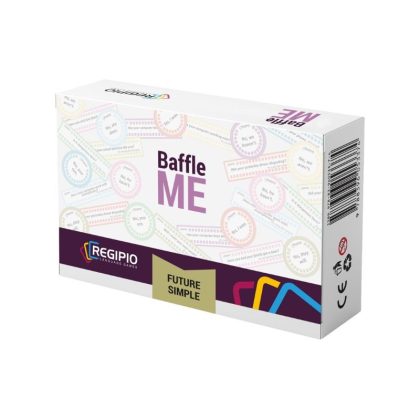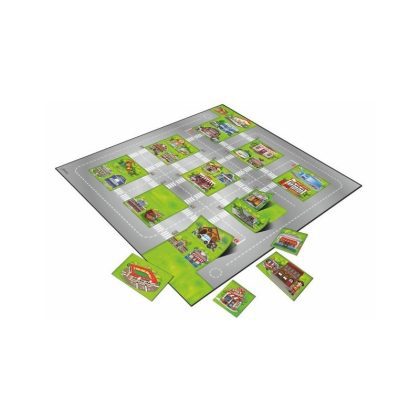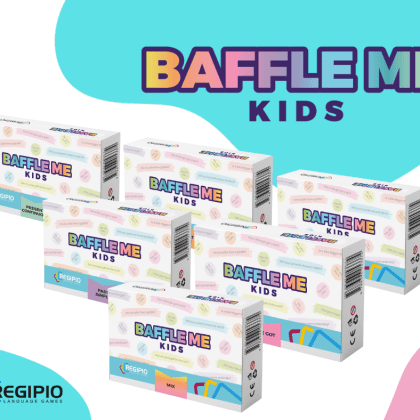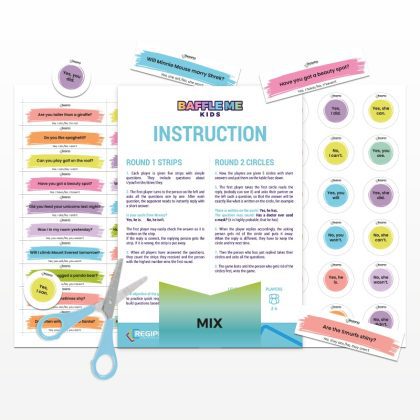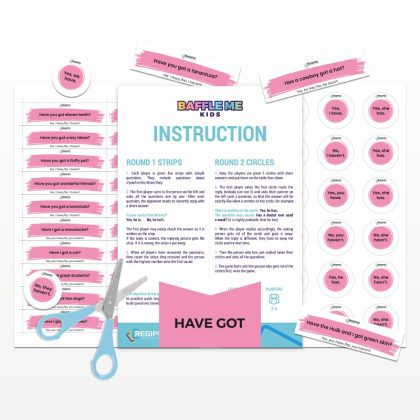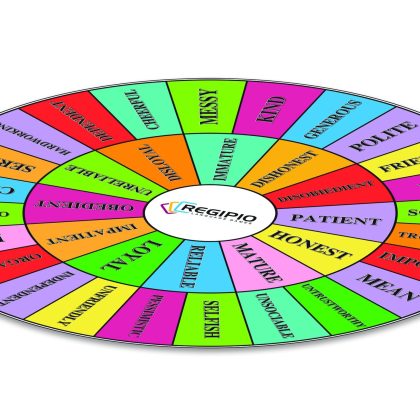Konfucjusz powiedział
„Powiedz mi, a zapomnę,
pokaż mi, a zapamiętam,
pozwól mi zrobić, a zrozumiem.”
Ten cytat idealnie oddaje filozofię naszego działania w REGIPIO, gdzie dążymy do tego, aby nauczanie było czymś więcej niż tylko teoretycznym przekazywaniem wiedzy.
Chcemy angażować młodego człowieka w proces nauki języków poprzez gry językowe, które pobudzają wyobraźnię, rozwijają umiejętności komunikacyjne i zachęcają do samodzielnego odkrywania nowych słów i zwrotów.
0
Uczymy przez gry w 20 krajach Europy
0
Jesteśmy na rynku od 12 lat




